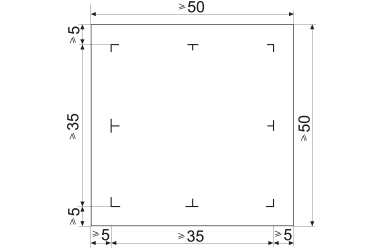We use cookies to enhance your browsing experience, serve personalized ads or content, and analyze our traffic. By clicking "Accept All", you consent to our use of cookies.
Cookie preferences
| Cookie | Provider | Purpose | Expiry |
|---|---|---|---|
| PHP_SESSID | texfire.net | The PHPSESSID cookie is native to PHP and allows websites to store serialised status data. On the website it is used to establish a user session and to pass state data through a temporary cookie, which is commonly known as a session cookie. These Cookies will only remain on your computer until you close your browser. | Session |
| PrestaShop-# | texfire.net | This is a cookie used by Prestashop to store information and keep the user's session open. It stores information such as currency, language, customer ID, among other data necessary for the proper functioning of the shop. | 480 hours |
- HOME
- +Flame retardant fabrics
- Mineral Fiber Fabrics
- Aluminized fabric
- Coatings
- Multilayered fabric
- Nonwoven
- Welding fabric
- Thermal barrier fabric
- Thermal shield fabric
- Fabric for extreme temperatures
- Fabric for foundries
- Fabric for electric companies
- Fabric for petrochemistry
- Fabric for events and pyrotechnics
- Aramid Fabrics
- Fabrics for Mechanical Strain
- Emergency Services Fabrics
- +Flame retardant products
- +Textile lagging
- Company
- Trabaja con nosotros
UNE-EN ISO 5077:2008 Textiles - Determination of dimensional change in washing and drying
This standard specifies a method for the preparation, marking and measurement of fabrics, garments and fabric measurements in tests carried out to determine the dimensional variation after a specified treatment (washing, steaming, etc.)
The test consists of cutting test pieces with minimum dimensions of 50 cm x 50 cm, with parallel edges along the length and width of the fabric. The marking of the test pieces is carried out with a distance between the marks of at least 35 cm and with a distance to the edges of at least 5 cm.
After the treatment, the marks are measured, avoiding wrinkles in the fabric, and the percentage of dimensional variation is calculated with the following formula:
(Xt – Xo / Xo) x 100
